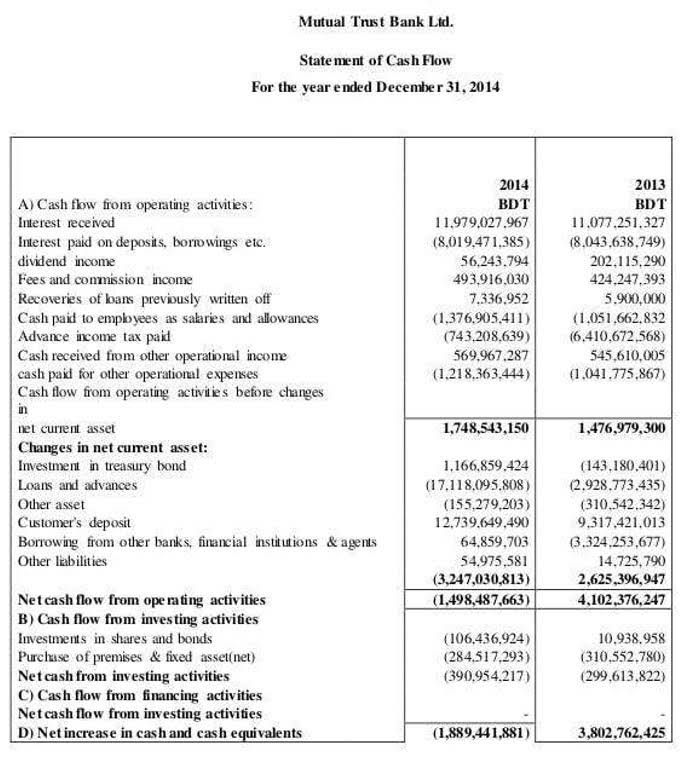
A shareholder distribution is a non-taxable event, and if you try to replace your regular, taxed, W-2 income with non-taxable distributions, the IRS will catch you. You can draw as much as you want and as many times as you want if you’re using the draw method (as long as there’s money in the account to draw from). With the draw method, you can draw money from your business earning earnings as you see fit. Rather than having a regular, recurring income, this allows you to have greater flexibility and adjust how much money you get depending on how business is going. Figuring out how to pay yourself as a business owner can be complicated.

In the case of sole proprietorships, LLCs, and partnerships, the owners are considered self-employed and must pay self-employment taxes on net earnings. Income distributed as an owner’s draw is subject to self-employment taxes and should be reported on the individual’s personal tax return. Owner’s equity is treated a bit differently, with losses and profits passed through to the owner at the end of the tax year.
Owner’s Draws vs. Salary: Pros and Cons
Instead, the business income is reported on the owner’s personal tax return, and the IRS treats the draw as part of the owner’s taxable income. In contrast, for owners of LLCs taxed as S corporations or C corporations, the draw is subject to different tax treatments. LLC owners may need to pay self-employment taxes, while S corporation shareholders can avoid self-employment taxes but need to pay themselves a reasonable salary. In sole proprietorships and partnerships, an owner’s draw is a common method for the business owner to take funds out of the business for personal use. In these business structures, the owner’s equity account is usually reduced when they take a draw. This is because their personal funds and business funds are not legally separate entities.
- The cash drawn out of the business bank account should be taken out of the profits after all business expenses are paid.
- If the business experiences losses, this method of payment may leave the owner with a reduced equity balance, thereby exposing them to increased liability for the business’s debts.
- A limited liability company is a separate legal entity for your business and could be a single-member (just you) or multi-member (you and other owners).
- As a sole proprietor, for tax purposes, business revenue and assets aren’t distinguished from your personal income and assets (even if they’re legally separate because you’re an LLC).
- There are over 3,500 on our waiting list, but you can skip the waitlist completely with this invite link.
You'll also need to keep track of how much you pull from the business each year, so you can document any cash received on your personal income tax return. As a sole proprietor, for tax purposes, business revenue and assets aren’t distinguished from your personal income and assets (even if they’re legally separate because you’re an LLC). All the money that comes into the business is your income, and anything owned by the business is your property.
Owner’s draw in a C corp
Draws can be taken at regular intervals or as needed, in lieu of a salary. In a partnership, each partner can take a draw based on their share of the business profits. As a small business owner, understanding how to pay yourself is crucial.
It’s an informal way to take income from your business and is commonly used by sole proprietors and partnerships, and sometimes by single-member LLCs. Since Patty is the only owner, her owner’s equity account increases by $30,000 to $80,000. The $30,000 profit is also posted as income on Patty’s personal income tax return. If you're an owner and shareholder-employee, you can also take distributions in addition to your salary when the business is doing well. Such distributions aren't subject to employment taxes, as long as your salary meets the reasonable compensation standard. However, if that standard isn't met, the IRS can reclassify other compensation as taxable income.
Employee Benefits
Assume that Patty decides to take a draw of $15,000 at the end of the year. With a C corporation, profits are reported on the company’s tax return and then again on shareholders’ tax salary vs owners draw returns as dividends. However, an S-corp doesn't pay federal corporate taxes; instead, it passes its profits or losses onto the shareholders to file on their personal tax returns.
- Rather than having a regular, recurring income, this allows you to have greater flexibility and adjust how much money you get depending on how business is going.
- Such compensation is traditionally paid as a salary so that employment taxes are properly reported.
- For tax purposes, an LLC could be treated like a sole proprietorship or partnership.
- You might have a base draw you can take out every month, and then, if business is booming during a particular month or season, you can take additional money out of your business account.
- You can simply take out money when you need it for personal expenses or when you know the business has enough to spare.
- It’s an informal way to take income from your business and is commonly used by sole proprietors and partnerships, and sometimes by single-member LLCs.
- If an LLC has opted to be treated as an S corporation or C corporation for tax purposes, members (now also known as shareholders) aren’t allowed to take owner’s draws.
Three factors to be aware of are your business entity or structure, your owner's equity, and tax implications. Many legal factors go into choosing whether to take an owner’s draw or a salary. However, the type of income you make from your company is highly dependent on your business tax structure. If Patty takes a £100,000 owner’s draw right now, her catering company may not have enough money to pay for employees’ salaries, food costs, and other business expenses. If you run an S corp business, a salary and/or distribution is the right fit.
No matter if you choose a draw or salary–or a combination of both– ensure that you pay yourself fairly and what your business can afford. If your business has limited cash flow, a salary may be the better option since it guarantees a consistent income. On the other hand, if your business has surplus cash flow, you may be able to take an owner's draw without impacting your ability to pay bills and other expenses. When a business owner pays themself a set wage from the business every pay period, they take out a salary. A salary is a regular event that pays out taxed, W-2 income to the owner. A profit distribution is any money you take out of your S Corp company outside of your salary.
- Distributions and dividends don't need to have payroll taxes withheld, but are still considered taxable income.
- We understand business formation legalities in addition to taxation and concerns in your industry.
- Specifically, your LLC profits are considered personal income rather than business income, just like a sole proprietorship.
- Accountants define equity as the remaining value invested into a business after all liabilities have been deducted.
- The owner must set a fixed salary, which may be challenging if the business has unpredictable cash flows.